IT Solutions Assessment
Course Purpose Ensuring that proposed solution designs align with requirements. What you’ll learn Ensuring that proposed solution designs align with requirements, assigning requirements to specific releases or solution components, assessing organisational readiness to operate the new solution, validating that the …
Overview
Course Purpose
Ensuring that proposed solution designs align with requirements.
What you’ll learn
Ensuring that proposed solution designs align with requirements, assigning requirements to specific releases or solution components, assessing organisational readiness to operate the new solution, validating that the deployed solution meets business objectives, and evaluating the value of the deployed solution to the business are key considerations in this context.
 Duration: 1 Day
Duration: 1 Day
Featured Course
Fundamentals of project management
Course Curriculum
Curriculum
Curriculum
- 5 Sections
- 23 Lessons
- 1 Day
Expand all sectionsCollapse all sections
- Unit 1: Determine the conformance of solutions design options with requirements3
- 1.1Solution design options and requirements documentation are assessed to determine which will best meet the stated requirements
- 1.2Various work products assist with soliciting and evaluating different design options
- 1.3A solution design assessment is produced to demonstrate how well the possible design solutions meet the stated requirements
- Unit 2: Allocate requirements to specific releases or solutions components4
- 2.1Various work products are analysed with stakeholders to determine requirement priorities and allocate the requirements to a release schedule
- 2.2Different release options are designed to maximise the possible business value given the options and alternatives
- 2.3Different implementation approaches are planned and designed to maximise the possible business value given the options and alternatives
- 2.4A recommended release or delivery strategy is produced to assign requirements to a release schedule
- Unit 3: Determine organizational readiness to effectively operate the new solution4
- 3.1Various work products are analysed to determine the organisational readiness to implement the recommended solution
- 3.2An organisational readiness assessment is conducted to assess the organisation regarding the recommended solution
- 3.3An optimal deployment strategy is established to ensure the effective implementation of the solution
- 3.4Work products are produced to document the organisational readiness and deployment strategy
- Unit 4: Validate that the deployed solution meets the business objectives7
- 4.1The deployed solution is compared to the validated requirements document to validate whether the verified and deployed solution meets the agreed business objectives
- 4.2Acceptance criteria, including the level of conformance to requirements that are acceptable, are defined to determine how the deployed solution will be validated
- 4.3Defects and shortcomings in the deployed solution are determined to identify where the solution does not meet the business requirements
- 4.4The impact of the defects and shortcomings is analysed to determine their effect on the business
- 4.5Corrective actions are defined and established to fix defects and shortcomings
- 4.6The implementation of corrective actions is validated to ensure that the defects have been fixed
- 4.7Work products are produced to ensure that the solution has been validated
- Unit 5: Assess the value of the solution as deployed to the business5
- 5.1The deployed solution is measured against agreed metrics to assess whether business objectives have been met
- 5.2The actual project costs are compared to the originally estimated costs to highlight any additional costs that have been incurred
- 5.3The actual benefits of the deployed solution are compared to the originally estimated benefits to highlight whether the estimated benefits have indeed accrued
- 5.4A post-implementation review is conducted to assess the success of a project and provide benchmarks for continuous improvement
- 5.5Solution impacts are communicated to all stakeholders to facilitate organisational learning and continuous improvement
Requirements
- Grade 11
- NQF Level 3







